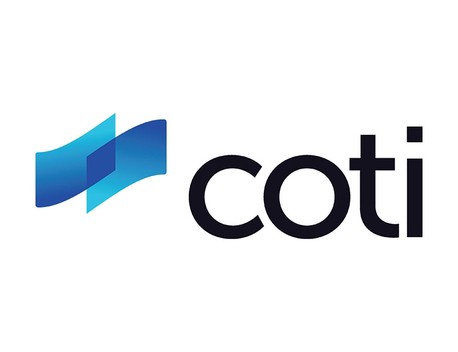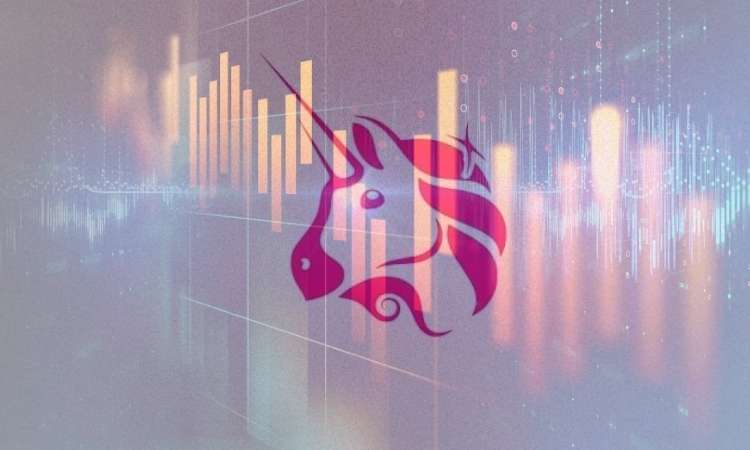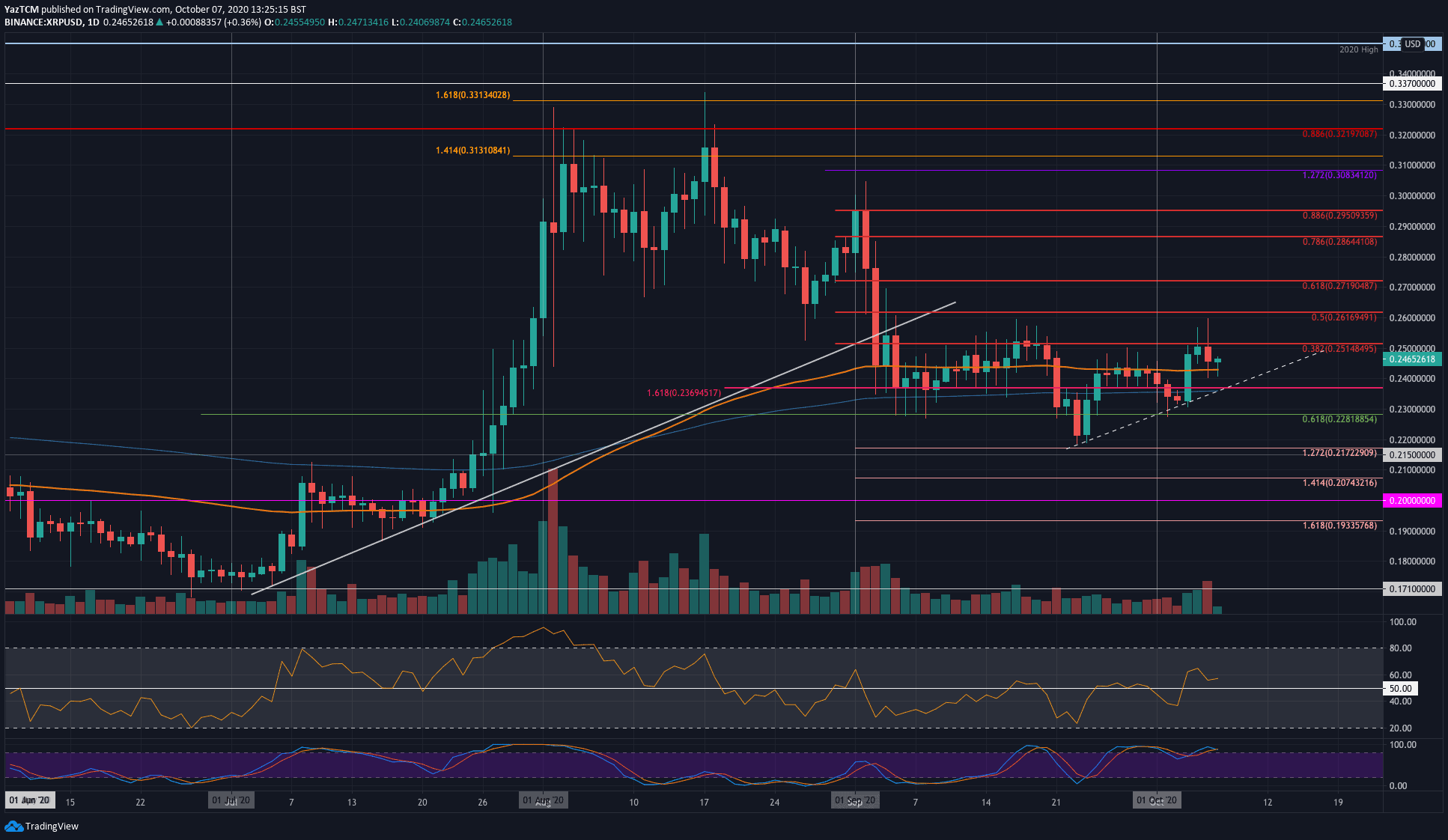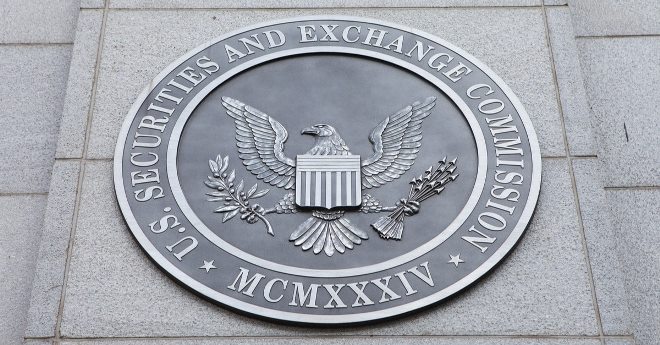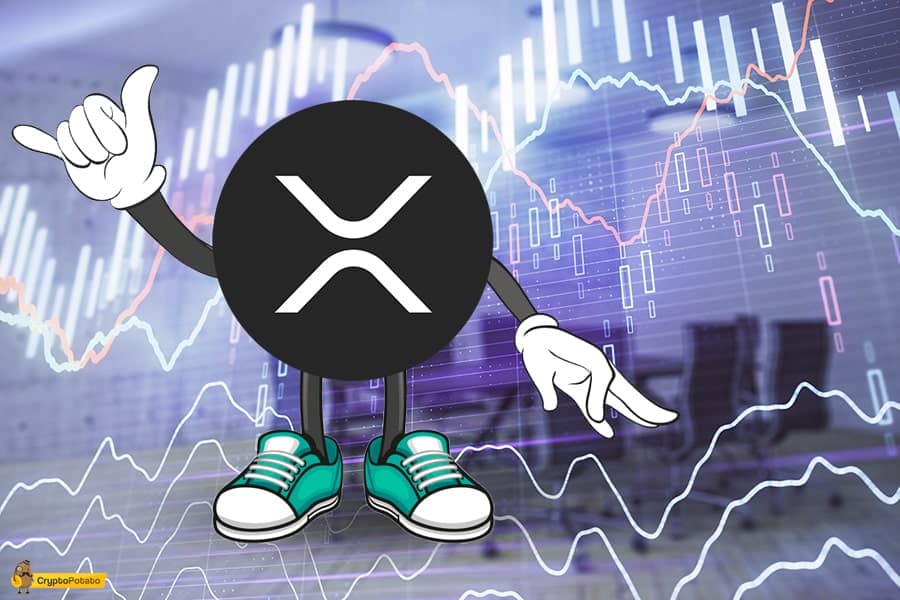The Race Is On to Power AI Machines
Over the past few years, the pace of development in artificial intelligence (AI) technologies has become increasingly rapid. This is leading to some impressive predictions about how the AI revolution will impact our lives over the next few years. For instance, Accenture claims that AI technology may double economic growth rates between now and 2035.
What is driving this sudden leap forward in AI development? Well, the increasing availability of data and information is a crucial factor, along with innovations in AI algorithms. However, both of these factors would be irrelevant without the growing availability of computing power needed to drive AI machines.
OpenAI released a report stating that since 2012, the amount of computing power needed to run the largest AI training algorithms has increased exponentially, doubling around every three and a half months. Contrast this to Moore’s Law, which experienced a doubling every 18 months, and the sheer volume is pretty staggering. Going forward, it becomes clear that if AI developments continue at the current pace, the providers of computing power have their work cut out for them if they want to keep up. .
So where does the computing power for AI machines come from? As it stands, the market is dominated by big tech firms. All that computing power requires dedicated hardware and software, which big AI developers will buy at considerable costs.
Therefore, the big tech firms are in a race to ensure that they can stay ahead of the competition by developing the very latest, greatest innovations in processors and cloud computing.
The Big Guns Leading the Pack
Leading the pack on the development of computing services for AI are AWS, operated by Amazon, and Microsoft. Amazon has obvious AI credentials in the form of its own Alexa robot. However, it also boasts household names such as Netflix and Pinterest among its clients. These platforms use AWS services to drive their own machine learning algorithms for delivering content tailored to user preferences.
AWS announced two new updates in July, aiming to improve its offering that allows users to build and deploy new AI models in the cloud.
In a bid to win market share from AWS, Microsoft recently announced their latest development of the Azure Data Box Edge, tailored hardware for running AI algorithms without the addition of any special processors. One of the newest clients is using this hardware to process photographs as part of its quality controls.
Not to be outdone, Nvidia, which also supplies computing services to its AI clients, announced the release of its platform which allows the implementation of AI in medical devices. This would mean that AI technology can screen data sources such as X-rays or CT scans, generated from older devices.
The big market players in computing power have extensive resources at their disposal, meaning they can focus on developing bigger and better chips, or on enhancing their cloud service offerings.
However, market domination by a few big companies isn’t creating an environment of innovation among smaller AI developers. Companies like AWS and Microsoft can charge a premium for their computing services, which prices smaller developers out of the market.
The Underdogs Entering the Track
Smaller start-ups are now seeing the potential of blockchain to disrupt many industries where big players have historically dominated the markets. A core feature of blockchain is its use of distributed networks. Is now the time for blockchain to enter the race of AI computing providers?
One company that believes so is Tatau, a blockchain-based distributed computing platform. Tatau is aiming to disrupt the provision of computing power in a similar way that Uber revolutionized the transportation industry. By harnessing the power of blockchain, the company believes it can become the world’s biggest supplier of computing, rivaling companies like AWS and Microsoft — but without even owning any computers.
This model will aggregate GPU computing power from different sources such as miners, datacentres, and gaming platforms. Using a native payment token, enterprises can purchase computing power from the network and by deploying blockchain in this way, Tatau can provide computing power to its customers on an as-needed basis. There is no need for them to invest in expensive hardware or ongoing contracts for cloud computing.
Similarly, there are other blockchain projects seeking to use the decentralized power of blockchain for the benefit of the AI market. DeepBrainChain and SingularityNET are two of the most notable examples.
Both have shown initial success, demonstrating that there is a high level of support within the AI community for using blockchain as a means to democratize the availability of computing power. This is perhaps unsurprising, given the prohibitively high costs of smaller AI developers using techgiant companies for computational needs.
Who Will Win The Race?
The big tech players remain focused on their own proprietary products and services, while developments in blockchain are only just starting to enter the mainstream consciousness.
The race is on for the underdogs to prove to customers how their solutions can provide increased flexibility and lower-cost computing power versus the big guns.
Increased adoption of blockchain will be a critical focus area for start-ups in today’s environment if they are ultimately aiming to take market share from the giants—and it’s a long road ahead.
The post The Race Is On to Power AI Machines appeared first on CryptoPotato.

